4 Smart Tips for Budgeting for Your Landscaping Project
Transforming your outdoor space can be both exciting and challenging, especially when it comes to budgeting. Careful financial management is crucial to ensuring that your landscaping project does not spiral out of control. By approaching your project with strategic foresight, you can creatively transform your outdoor space without breaking the bank. Here are four smart tips to help you effectively manage costs for your landscaping project. These tips will enable you to achieve a beautiful, functional landscape that enhances your home's value and your living experience.
1. Assess Your Landscaping Needs
Begin by thoroughly assessing your current landscape. Evaluate existing elements and decide on necessary changes. Identify both strengths and weaknesses in your current setup. Knowing what you already have will help you avoid costly redundancies. This initial assessment is crucial in establishing a focused foundation for your project.
Consider design aesthetics that align with your vision and complement your home’s style. Explore various landscaping styles to find one that resonates with your personal taste. Whether it’s modern minimalism, vibrant cottage gardens, or something else, defining your style will guide all future decisions. This approach ensures that your landscaping plan is cohesive and aligned with your personal preferences. Clarity in style choices will also aid in budgeting specific design elements.
Identify which elements of the landscape are essential and which are optional. This prioritization helps streamline the project and ensures that critical areas get the attention and funding they require. By focusing on what’s most important, you can make meaningful progress without spreading resources too thin. Consider breaking the project into stages if budget constraints require it. This approach allows for flexibility in handling more extensive projects without financial strain.
Clearly define your goals and objectives before beginning any work. Consider both functional and aesthetic goals to ensure a balanced approach. This process involves identifying not only what you want from your landscape but also how you plan to achieve it. Having these objectives clearly outlined helps maintain focus and allows for better financial planning. Document these goals to serve as a reference and motivation throughout the project.
2. Conduct Thorough Research
Research is key to understanding the potential costs associated with your landscaping project. Start by gathering information on typical costs and budget ranges for projects similar to yours. According to Bob Vila, you should spend about 5% to 10% of your home's value on landscaping. This benchmark can guide your own budget and prevent overspending. Knowing potential costs helps set realistic financial expectations early on.
Draw inspiration from a variety of sources, including magazines, online platforms, and local landscape tours. These resources can provide fresh ideas and insights into current trends and timeless designs. By exploring a variety of styles and elements, you can identify what you like and adapt it to fit your space. Collect ideas that resonate with you and align them with your established budget. This exploratory phase is crucial for developing a comprehensive and personalized project plan.
Consulting landscape architects or designers is invaluable for gaining expert insights. Professionals can offer recommendations on design, layout, and material selection tailored to your specific project needs. Their expertise can also help identify potential issues before they arise, saving time and money in the long run. Even if you plan to do a lot of the work yourself, a professional consultation can provide a solid foundation. Their involvement can range from comprehensive design services to simple advisory roles, depending on your budget.
Set realistic timelines to avoid rushed decisions that can inflate costs. A well-structured timeline will allow you to phase the project appropriately and manage resources efficiently. This buffer can prevent unnecessary expenditure by giving you time to research and make informed decisions. Additionally, a strong timeline respects seasonal considerations, making the project flow smoothly without sacrificing quality.
3. Set a Realistic Budget
Begin by thoroughly analyzing your financial resources to determine how much you can reasonably afford to spend. Review your savings and other potential sources of funding for the project. This analysis is essential to help avoid overextending your finances and encountering financial stress later on. Understanding your financial limits will help in making informed decisions throughout the project. A clear picture of available resources will guide your allocation to different project components.
When establishing your budget, distinguish between what is necessary versus what is a luxury. Landscaping essentials should take precedence to ensure the project meets its functional goals. While desires like fountains or exotic plants may add charm, they should not detract from primary objectives. Make this distinction early in the planning process and allocate funds accordingly. Prioritization helps maintain focus and avoids unnecessary expenditure.
Prepare for unexpected expenses by setting aside a contingency fund within your budget. This safety net can cover surprises such as price increases or unforeseen project modifications. A well-funded contingency ensures the project can continue smoothly without financial disruption. Typically, setting aside 10% of your total budget for contingencies is a prudent measure. Having this buffer in place allows you to proceed with peace of mind and confidence.
When purchasing materials and selecting services, choose options that offer the best value for money. High-quality products may have a higher upfront cost, but they often provide long-term savings through durability. Balance these costs with the level of quality that meets your project’s demands without excessive spending. By understanding value versus cost, you position your project for longer-term success. Making these considerations fosters a sustainable approach not just financially but also environmentally.
4. Source Materials and Plants Economically
Consider purchasing materials in larger quantities to achieve substantial cost savings. Buying in bulk not only reduces unit costs but can also streamline the sourcing process. This strategy is particularly beneficial for essential materials you know you will use in subsequent phases of a project. Establish relationships with suppliers who can offer competitive rates on bulk purchases.
Select plants that require fewer resources and care, minimizing long-term maintenance costs. Low-maintenance plants like native species are naturally resilient and adapted to local conditions. Besides saving effort and resources, they contribute positively to the local ecosystem. Such ecological balance often results in healthier gardens and increased biodiversity. Selecting these plants aligns with eco-friendly landscaping while ensuring cost efficiency.
Decide when it's more advantageous to buy locally or source items online based on cost, convenience, and selection. Local suppliers may offer tangible benefits, such as personalized service and quick delivery. Conversely, online retailers can provide a broader variety and possibly better pricing due to reduced overhead. Weigh these factors by considering your specific needs and project timeline. Finding this balance allows for optimized purchasing and maximized benefits.
Understand seasonal cost variations and plan to purchase during off-season times for better prices. Prices for certain materials and plants fluctuate based on seasonal demand and availability. Off-peak schedules can offer significant cost savings that enhance your budget flexibility. Furthermore, purchasing ahead is advantageous for scheduling seasonal installations. Timing your procurement with these variations effectively manages costs and optimizes financial planning.
By leveraging these smart budgeting tips, you'll be poised to create a beautiful and functional landscape without overspending. Through effective cost management, you enhance your outdoor living space and increase your property's value. Ultimately, careful planning and strategic spending ensures your landscaping project is both successful and satisfying. Get in touch with Becker Landscaping & Services for a free estimate to help you manage the costs for your improved landscape.
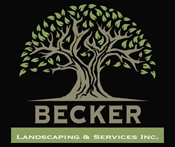
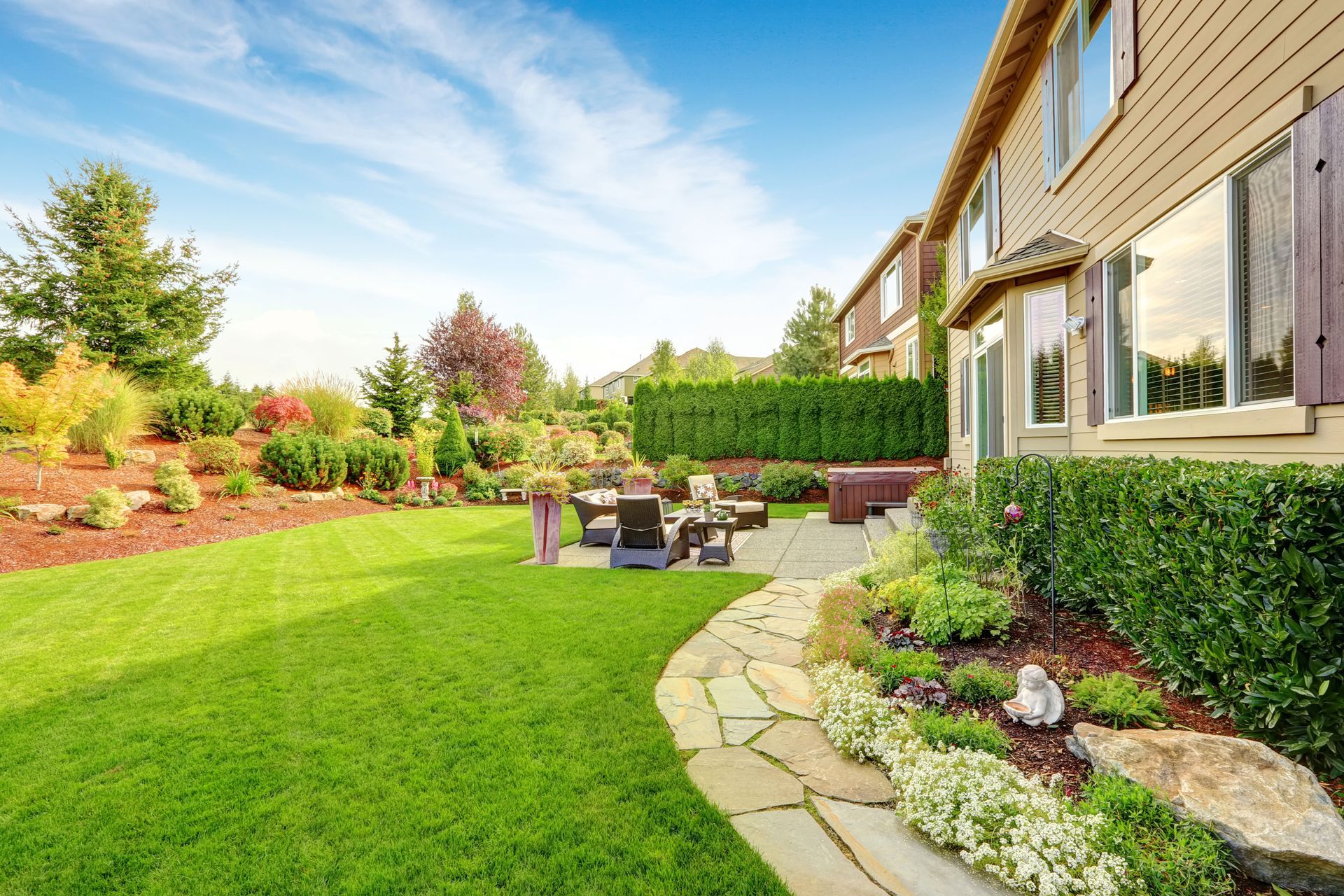
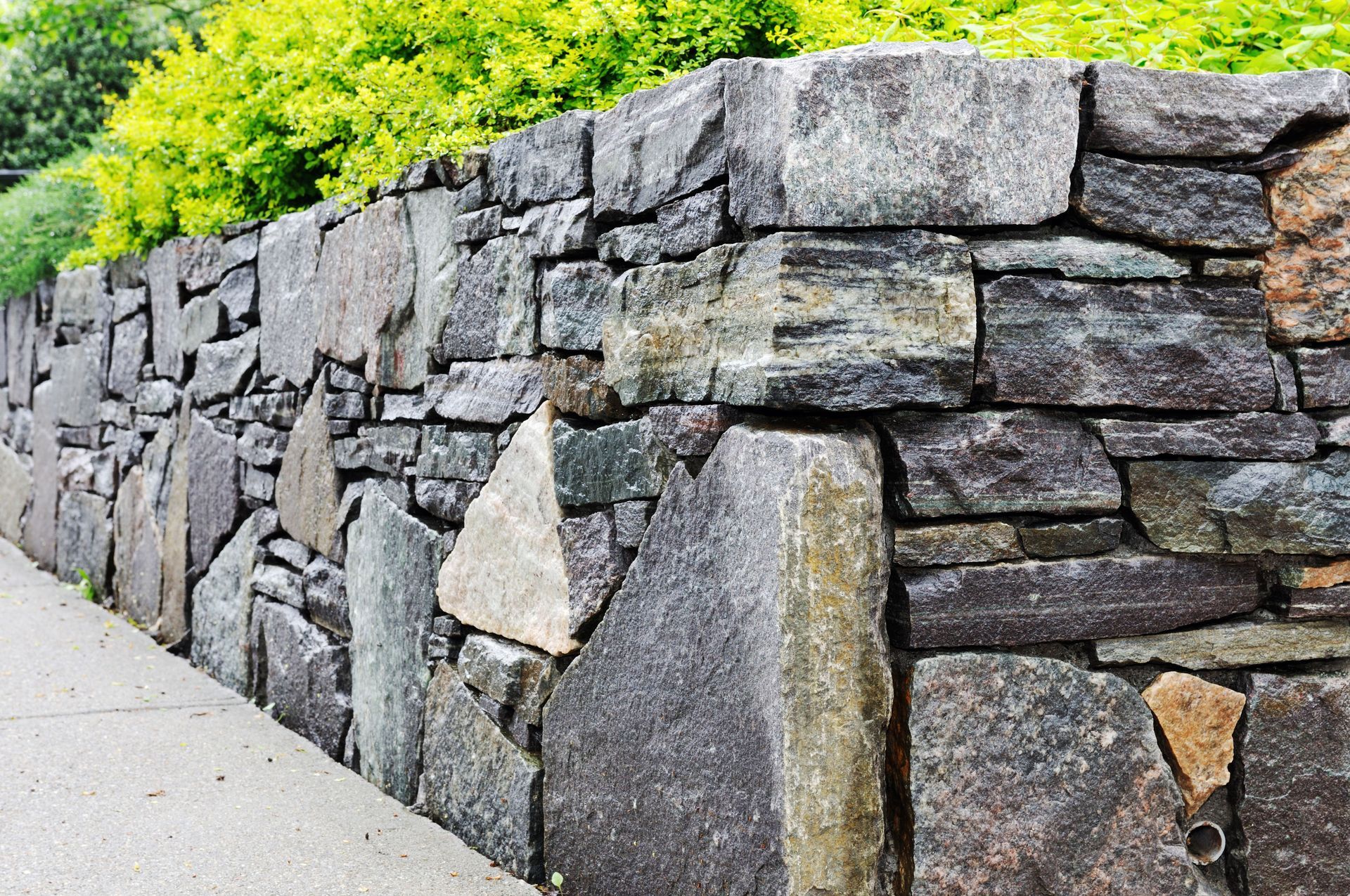
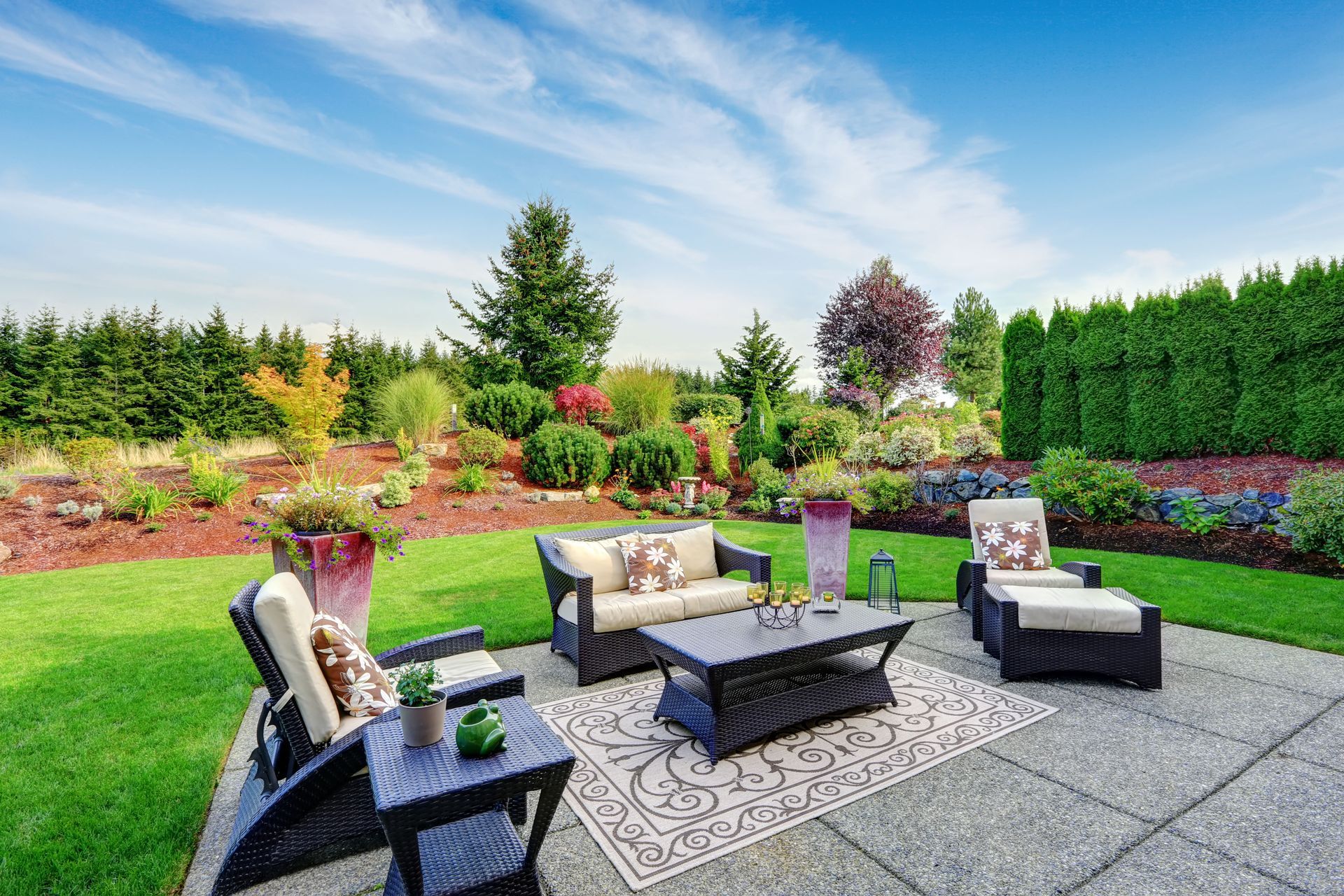
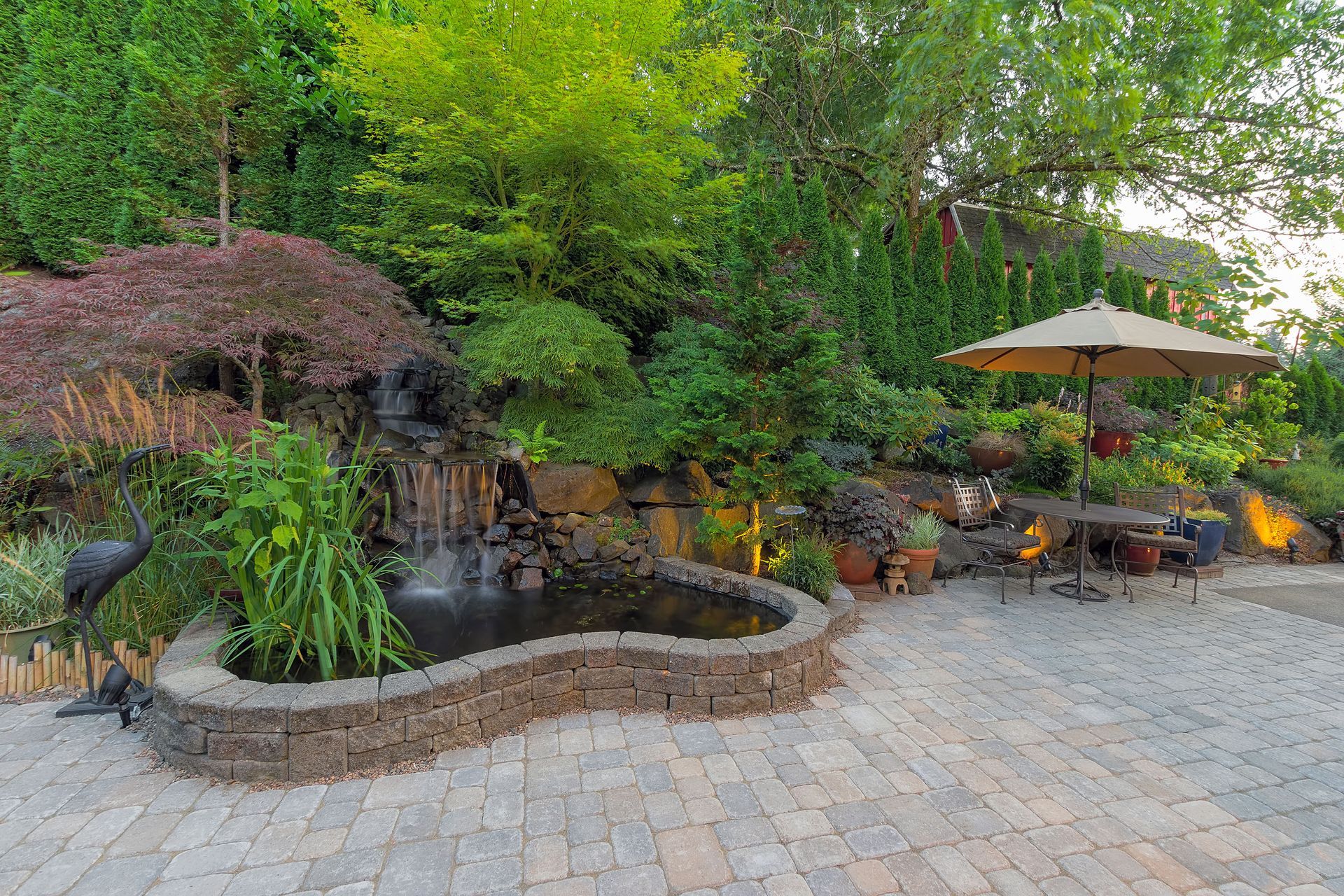
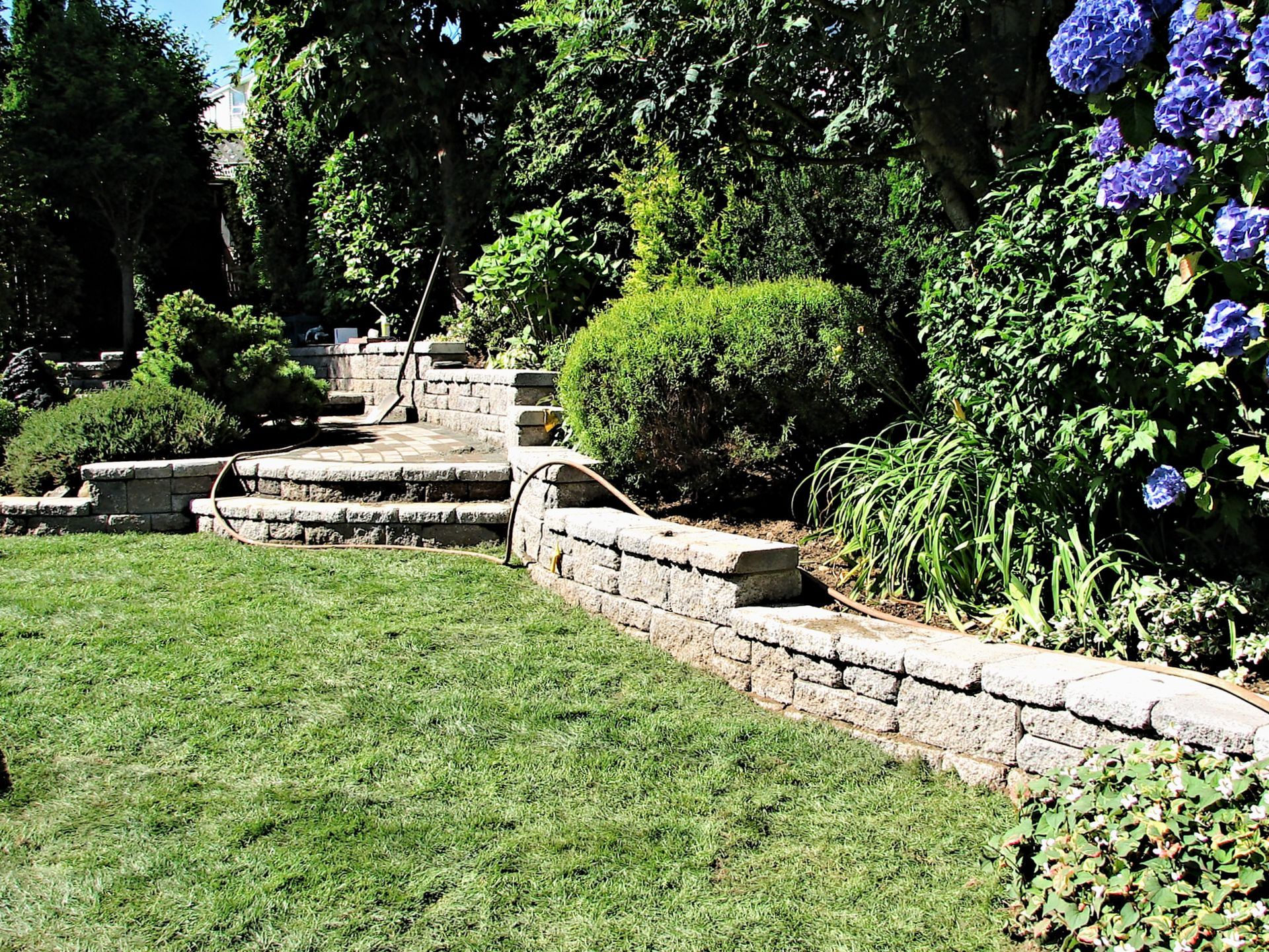
Share On: